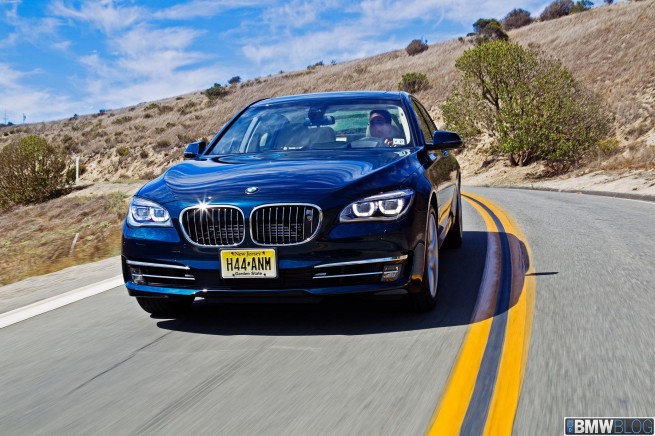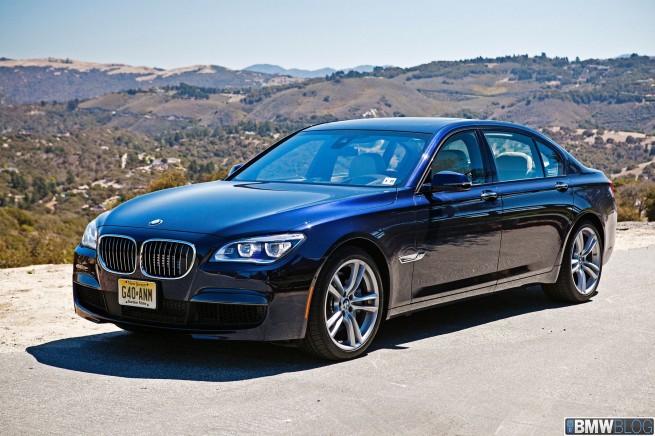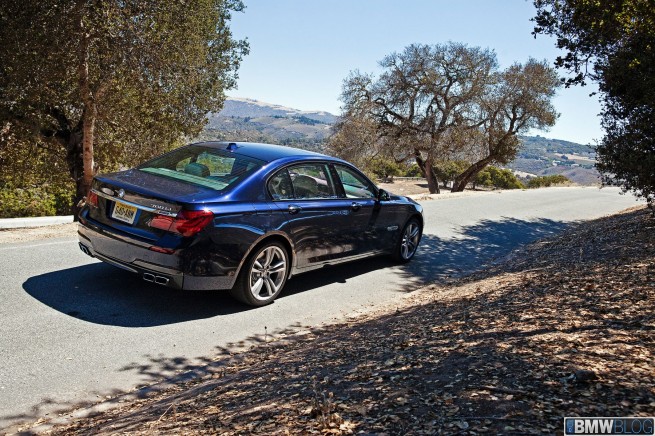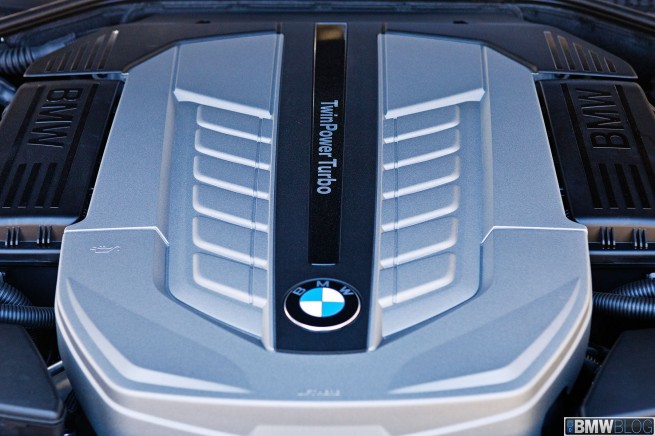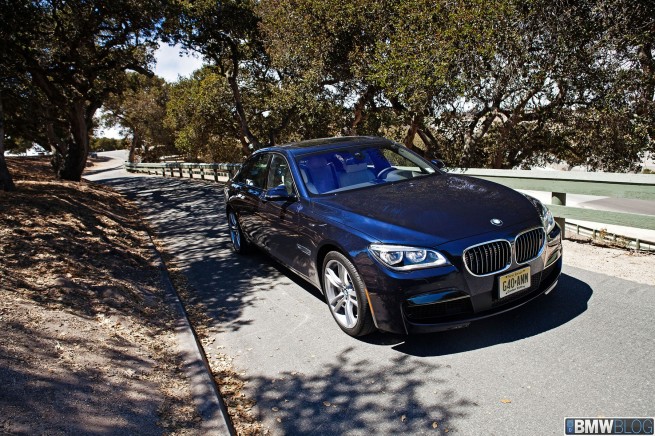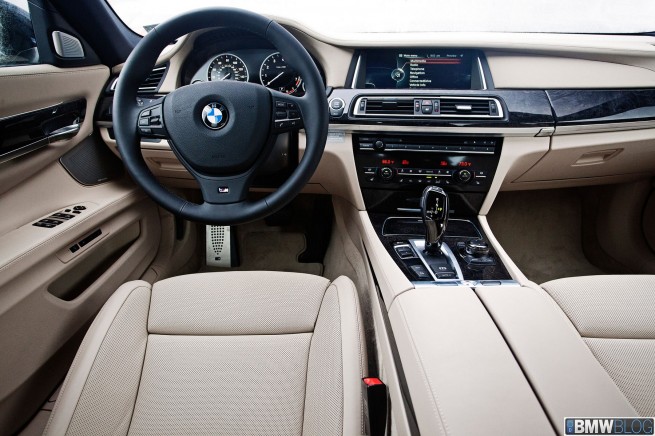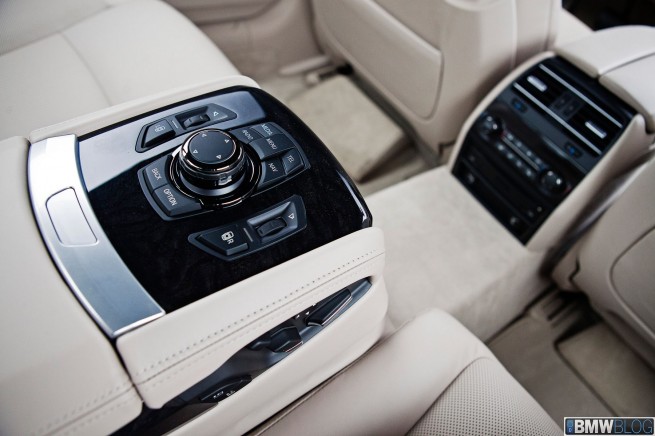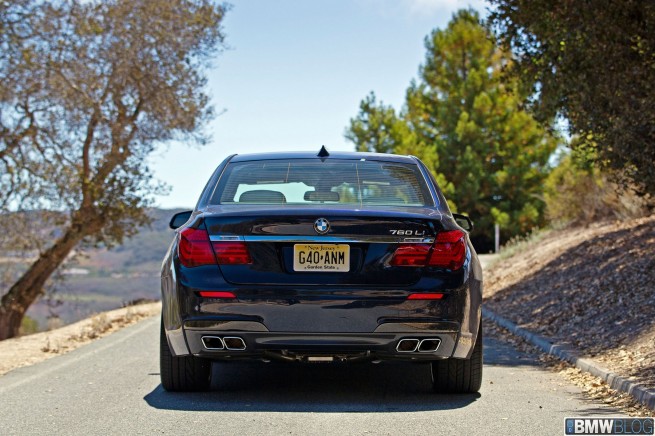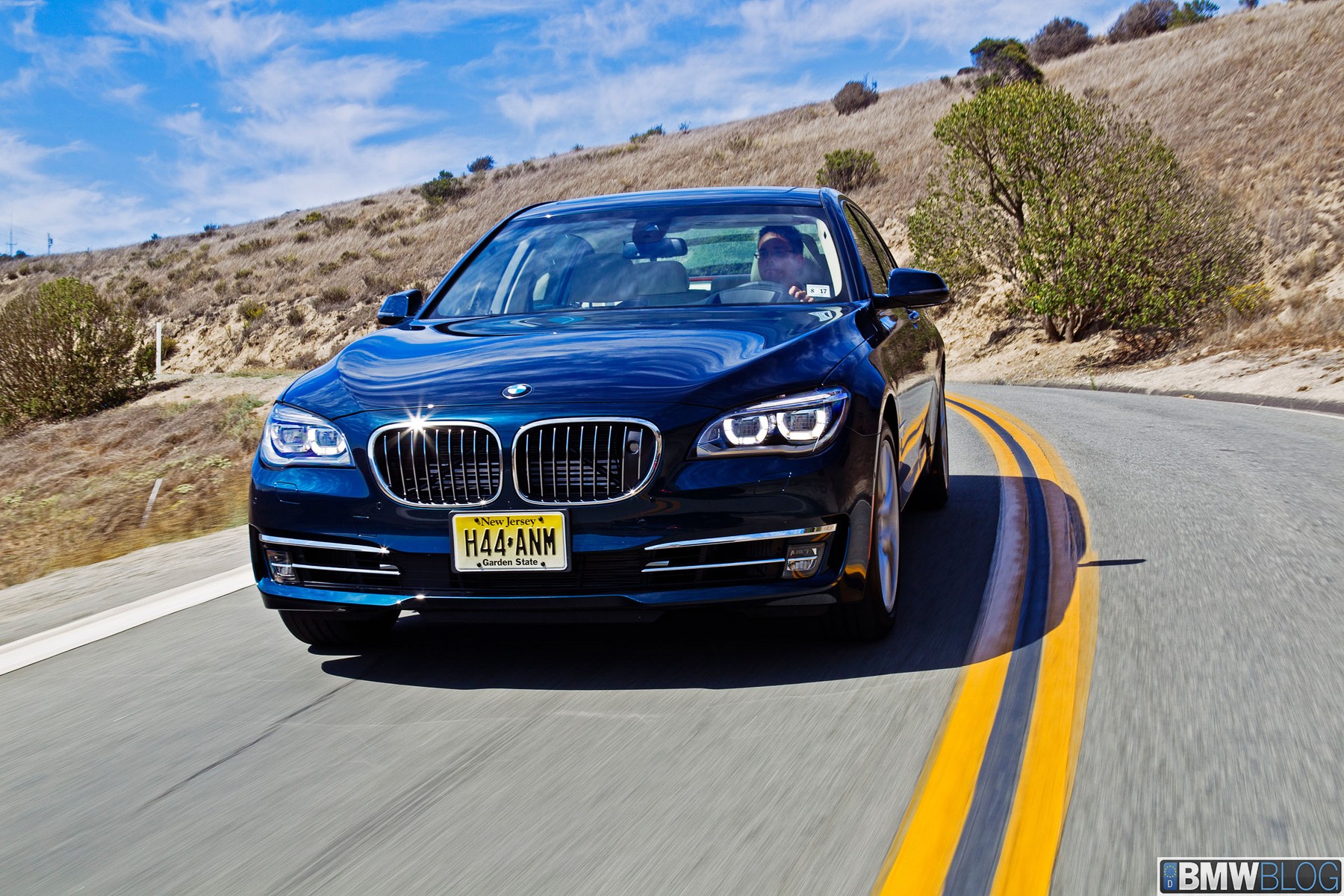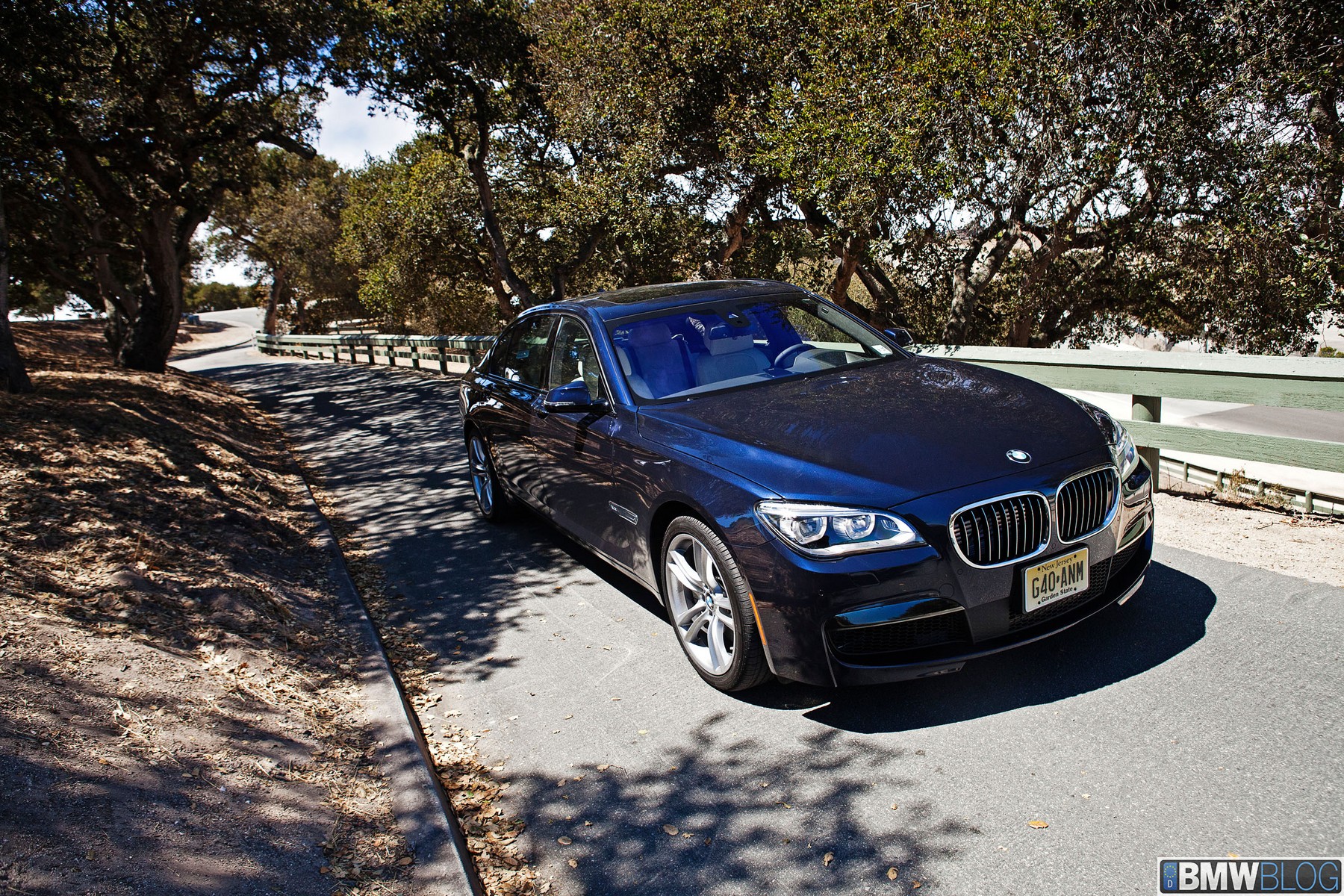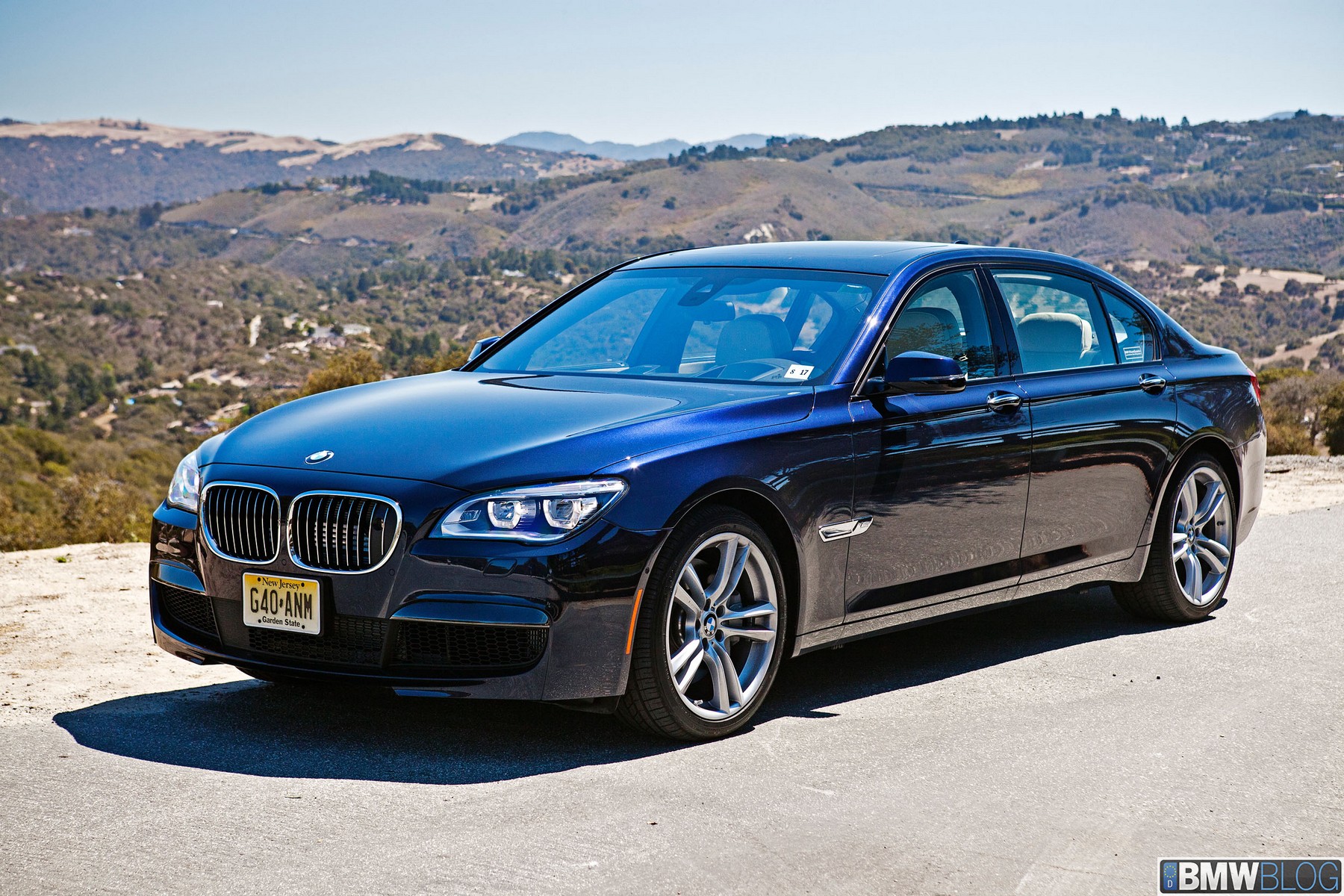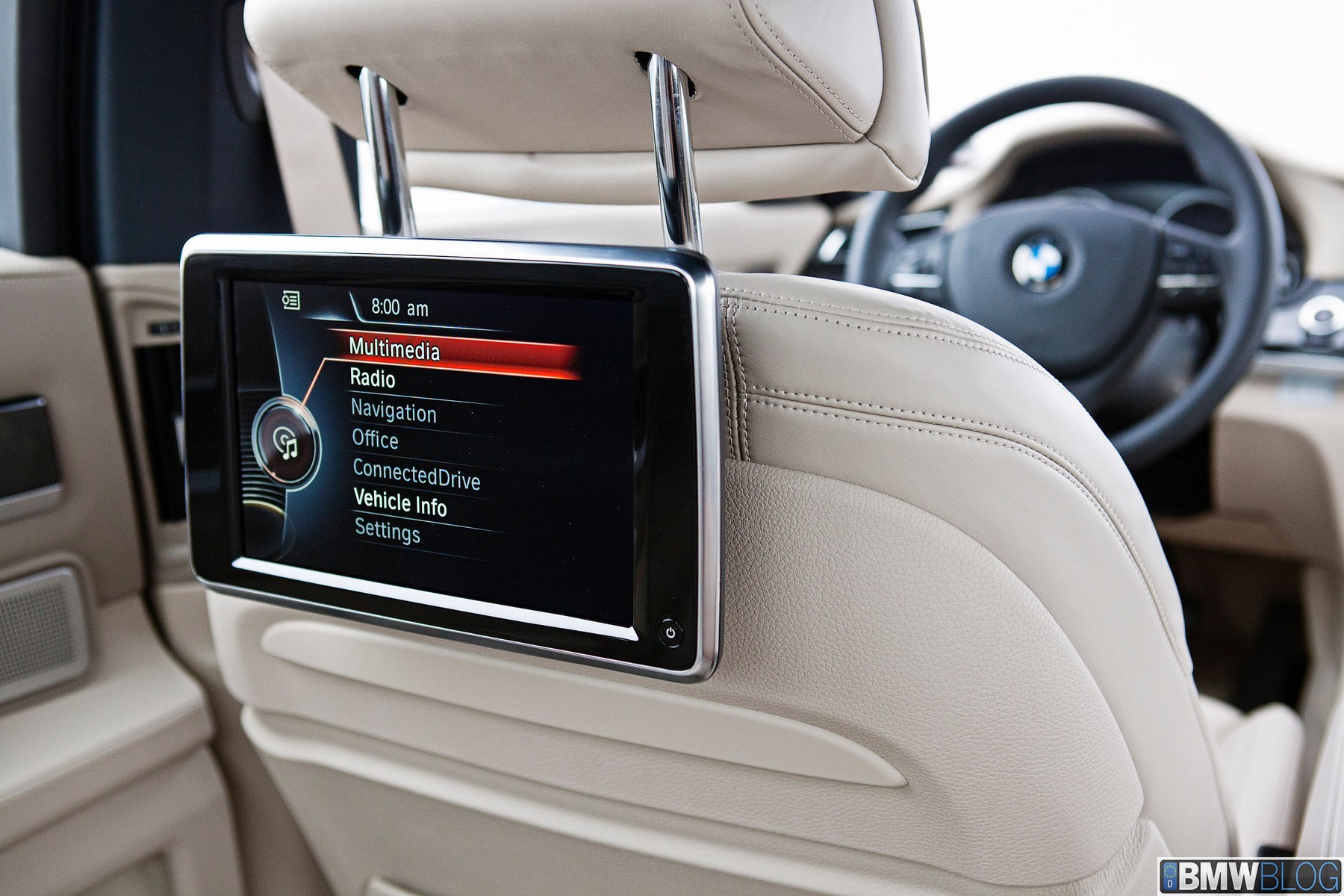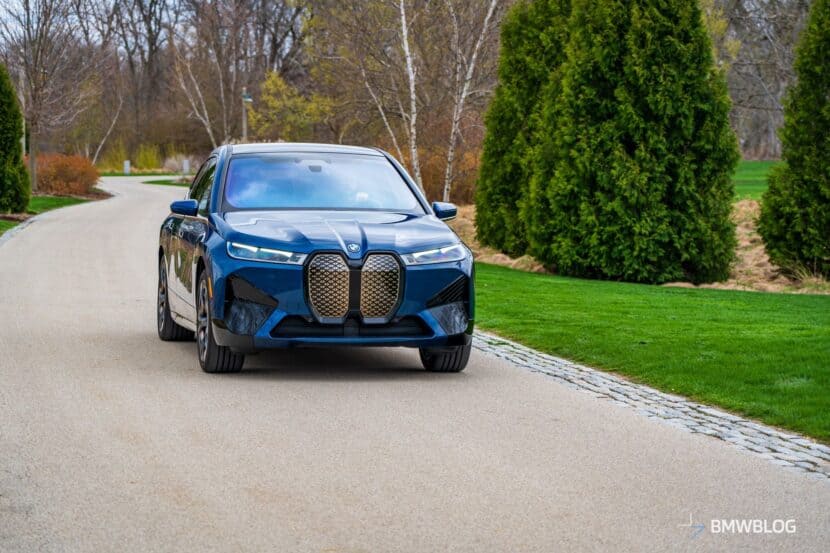While BMW has us fixated on their superb 4 cylinder on offer in the new 3 series, they’ve also been dangling a new 3 cylinder in front of us, wooing us with their masterpiece of compact efficiency.
Downsizing has been the name of the game lately, and all players are at the chopping block from the Germans to the Italians to the French and Japanese. Smaller is the new bigger, as far as trends go from the ’70’s era to where we are today. Most buyers in BMW showrooms and even many BMW enthusiasts are surprised to learn that BMW has a giant 6 liter V12 on offer for 2013, and it comes with two turbochargers charging its intake – as if the V12’s grunt wasn’t enough.
How has this V12 managed to stay out of the spot light? It could have something to do with the way it floats down the road in near silence. In truth, I believe it has more to do with the fact BMW are borderline embarrassed that they offer such a stonking engine; an engine that sucks back premium in a good ‘Ol ’70s kinda way and puts power, panache and pride firmly in front of economy in a 1990’s Wall Street kinda way. The V12 flies in the face of BMW’s efficient dynamics marketing tag lines – though this V12 is actually a fuel miser considering its potent performance figures.
Another reason why this V12 lives on without much press is because of the fact it’s only offered in the engine bay of the long wheelbase 7 series. BMW sells very few of these cars, and the people who drive them seldom show up at community picnics to mix and mingle. You’re unlikely to meet a V12 7 series owner unless you’re likely to meet a plethora of CEOs.
If you do, however, get the chance to acquaint yourself with BMW’s V12 7 series, you’ll notice a few subtle exterior highlights and a “760Li” badge on the boot. The 760Li is probably the world’s greatest sleeper car. It looks absolutely I’m-an-executive-with-a-comb-over boring – thanks in part to its long wheelbase. Its wheels are handsome but conservative. There are no giant air intakes sucking up leaves and small animals at the front. It doesn’t even make any noise. This car simply does not announce itself.
That said, if you get the chance to get to know the 760Li from behind the wheel, you’ll find a different facet of this car that is in no way conservative or boring.
My first experience with the N74 twin-turbo V12 came a few years ago on a quiet tree-lined street outside of the city. It had been raining and the asphalt was soaking wet – though rain was no longer falling. It was that magical time when you can enjoy a little less friction coefficient with perfect visibility. I was curious what noises the V12 would make at full song, but had no interest in a top speed run – lest I lose my license in the process. I opted for an acceleration run to let the engine rev-out and enjoy the emotion of it all.
What happened next will stay in my automotive memory forever. With all traction nannies turned off I applied full throttle from a stand-still. The V12 lit the rear wheels as if they were on ice. At first, the car just sat there, almost motionless, unable to find traction. Then the rear tires began to heat up, gripping the road surface and hurling me forward. The sound of the tires spinning against the road surface was still louder than the exhaust note, filling the cabin with a high-pitched humming noise. In a short time I was into triple digit territory and back on the brakes. What remains etched in my memory is what I saw in the rearview mirror as I accelerated away. At first I thought it must be water droplets – but the mist was too fine. Then I thought it must be steam – which it partly was. But then I noticed the grayish color, hanging in the air. The 760Li managed to burn its tires, releasing a massive cloud of tire smoke and leaving two fat bars of rubber running parallel down the rain-soaked road for more than 100 feet. That must have been some kind of record. Juvenile it may seem – especially in the company of a 760Li – but it was a physical manifestation of the greatness of this car. It was tangible proof of the V12’s awesomeness – normally silenced and insulated to the point you’d never know its magic. It was the biblical parallel of Jesus walking on water – the 760Li burning rubber on it.
The 6.0 liter twin-turbo under-hood is capable of propelling the 7 series from a stand-still to 100 km/h (62 mph) in 4.7 seconds. It produces 535 hp at 5,250 rpm and a mammoth 550 lb-ft of torque at 5,000 rpm – though the torque curve is flat and the twist starts barely above idle.
“Enough about the engine!” you say, “how does it drive?” Honestly, I’d rather savour the engine. The 760Li is a graceful car that prefers a martini to a bar shot. It doesn’t really want to play, and would rather roll quietly down the road without attracting too much attention. At a recent press event in California I was afforded the opportunity to test the 760Li on twisty backroads, and when pressing on the car did everything as it should considering its mandate, without any drama or excitement – save for it’s neck-straining acceleration. After a hard run down a mountain side moderate brake fade was felt. The car understeers heavily, and this is to be expected thanks to its long wheelbase. Steering is light but accurate with decent feel and feedback, as is typical of all 7 series.
Some have coined the 760iL the “M7” of the brand – but I must whole-heartedly disagree. It is far closer in construction and feel to Rolls-Royce’ Ghost. There is truth to this statement as the Ghost’s chassis is based upon the 7 series’ frame and its V12 engine is in fact a stroked N74, gaining 0.6 liters of displacement and increasing output to 563 hp and 580 lb-ft of torque. The 760Li’s graceful body motions, silenced interior, calm demeanor and silky acceleration all harken back to my time behind the wheel of a Ghost.
With a base price of $140,200 USD it is a relative bargain considering the exotic construction of its V12, and its Rolls-Royce worthy back-bone – but it doesn’t give me what I want from behind the wheel, and frankly, it hides its V12 as if a state secret. What I would really like is a 7 series that boasts a powerful V12 with a little more engine noise channeled into the cabin. A 7 series that lets its hair down a little. A 7 that sports more aggressive handling, bigger brakes and in-your-face styling. And most of all – I want my 7 series in short wheel base guise as I intend to drive and not be driven – and a little oversteer wouldn’t hurt. As it turns out, you can have all of the above, minus the V12, for a cool $128,495 USD. Alpina’s B7 transforms the 7 series into a veritable sports car, while still offering executive first-class seating for all. And you’ll have a handsome $10,000 dollars in hand – not that you’ll care if you’re considering either of these machines as a second or third steed in your driveway.
The Alpina B7 makes it to 100 km/h (62 mph) in a scant 4.3 seconds and winds out at a (shocking) top speed of 194 mph. It doesn’t have the sophisticated swagger of a V12 under-hood, but its twin-turbo 4.4 liter V8 does offer up 540 hp and 538 lb-ft of torque, thus producing more horsepower than the V12 while twisting out slightly less torque.
Who, then, would buy a 760Li? Most likely it will be someone who has an attraction to BMW history and design, someone who appreciates the sophistication of the V12 without aiming to unleash it, someone who wants the best, because even if hidden under sheet metal, he still knows it’s there. I for my part, would chose the B7 any day of the week if given the option to buy either car.
Of course, we love this engine and hope it lives on in some form or another, forever. By 2030 we may have to settle for a three cylinder with 12 turbos, but we’ll worry about this eventuality around 2020. For now, let’s lay two more perfect strips of rubber in the rain.



